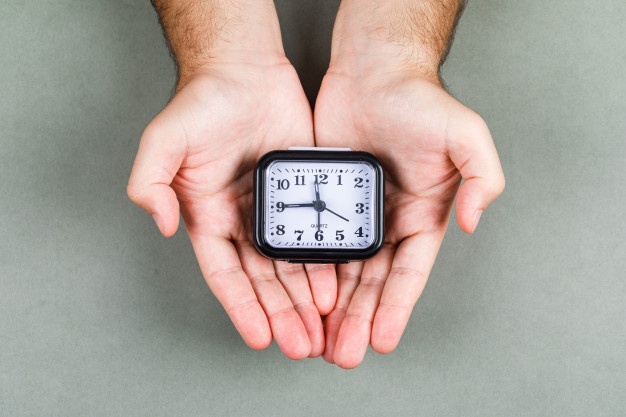Proximity Time Clock or proximity timecard is the popular choice for building security among people and many company owners. In terms of access, let us try to understand - why you would need a proximity timecard? Why should you invest in it?
If you want to enhance the security, then the proximity card reader can help you get it. For instance, if you want to enter in the proximity door you must have a proximity card reader to access the security and enter the gate. These cards used radio frequency identification (RFID). These are great options when it comes to commercial security especially in malls and other spaces.
Keep in mind one thing, the proximity has different card types so check them personally and choose one that fits your need. In this article, we will discuss the in-depth details of the Proximity Time clock.
What Does the Proximity Time Clock Mean?
A proximity Time Clock is also called a Prox card. It is often considered a contactless smart card that does not need any physical touch. You need to check the RFID chip with a card reader to open the door. In the Prox card, you will find an antenna, capacitor, and chip that stores the identification numbers. When someone applies for Proximity card it reads the identification from its data and allows access. With the Prox card, you will enjoy the smooth opening otherwise it beeps and create an alarm all around the building.
What Are the Types of Proximity Time Clock?
When you are looking for a proximity time clocks, you will find several card types and clock types that work differently depending on the card you choose. Here, we are sharing four common types of proximity that provide 100% security for the space.
1. Wired Proximity Readers:
This is the most common card reader when it comes to proximity time clocks used in most commercial sectors. This card communicates with the Wiegand protocol that is compatible and works on all type of control system. It cannot be hacked which keeps your card secure and filled with end-to-end encryption.
2. Wireless Proximity Readers:
These are battery-powered card readers that do not need wires to function. These are often used in developments areas, hotels, and big apartments. It requires a suitable internet connection to work. One drawback of these card readers is it needs to be charged.
3. Standalone Proximity Readers:
These are decentralized proximity time clock card readers that come with limited functionality since it is not connected to the control panel. It requires a PIN to unlock the door. These types of locks are often used by local businesses and start-ups.
4. IP-connected Proximity Readers:
It is a more advanced and secure proximity time clock that does not establish direct contact with the card reader and controller. It is fully integrated with the IT system. Thus, it meets a high level of encryption and is often used in Government offices.
What are the Benefits of Using Proximity Time Clock?
Here we are sharing some good reasons why it is beneficial for security:
- They are simple and easy to access
- You need little training on its technology to understand and use it for your business.
- It also comes in a contactless card
- This provides easy trackable and flexibility
- Give remote access, so one can use it anywhere.
The Bottom Line-
The proximity time clock helps to record the presence of employees in the office. It is also considered the best security solution, as no one can enter your building without a Prox card. Also, it is often considered a proximity card. We hope you have found clear details on it.







0 comments